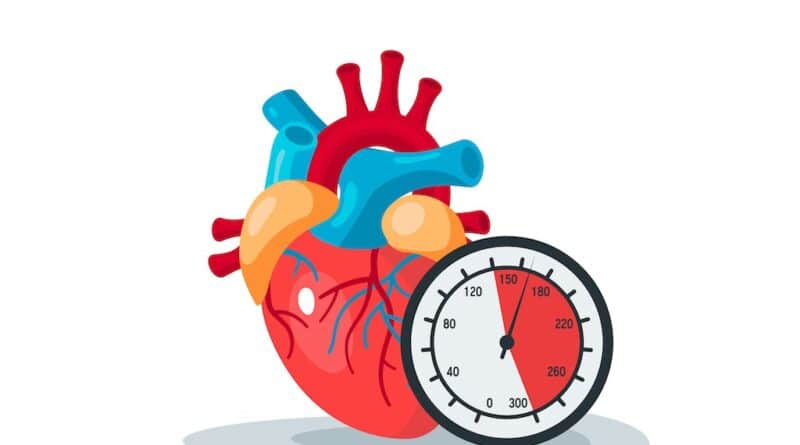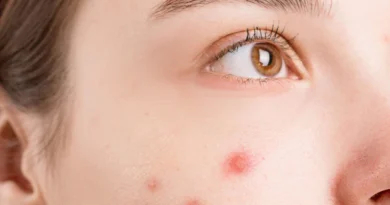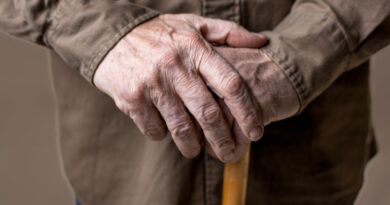High Blood Pressure – Symptoms, Causes and Cure
High blood pressure or hypertension – to give it the correct medical term – is regarded as the silent killer. It is a disease of the modern age. The fast pace of life and the mental and physical pressure caused by the industrial and metropolitan environments give rise to psychological tensions. Worry and mental tension increase the adrenaline in the blood stream and this, in turn, causes the pressure of the blood to rise.
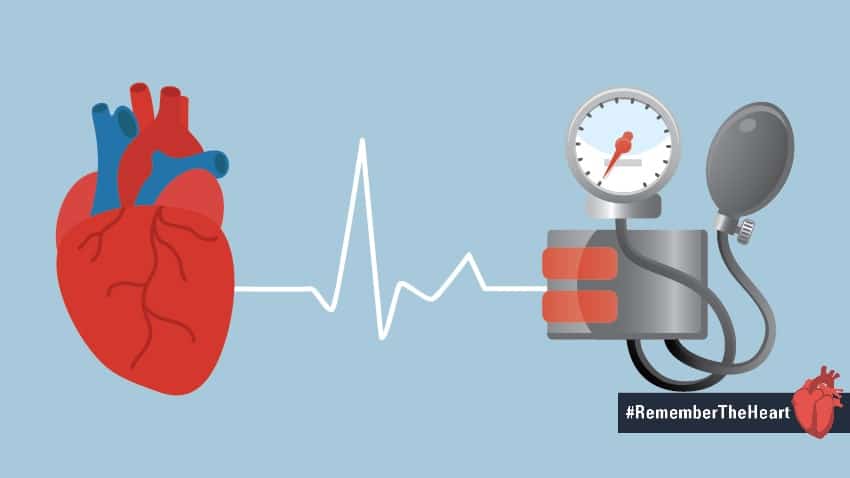
What is blood pressure ?
The blood which circulates through the arteries within the body supplies every cell with nourishment and oxygen. The force exerted by the heart as it pumps the blood into the large arteries creates a pressure within them and this is called blood pressure. A certain level of blood pressure is thus essential to keep the blood circulating in the body. But when the pressure becomes too high, it results in hypertension which is caused by spasm or narrowing of the small blood vessels, known as capillaries, throughout the body. This narrowing puts more stress on the heart pump blood through the blood vessels. Hence, the pressure of the blood to get through rises in proportion to the pressure on the heart.
Limits of Blood Pressure
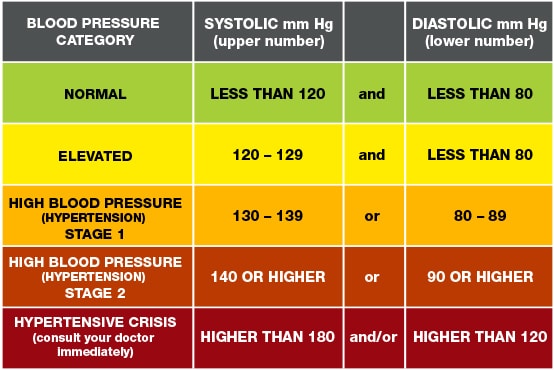
The blood pressure is measured with an instrument called sphygmomanometer in millimeters of mercury. The highest pressure reached during each heart beat is called systolic pressure and the lowest between two beats is known as diastolic pressure. The first gives the pressure of the contraction of the heart as it pushes the blood on its journey through the body and indicates the activity of the heart. The second represents the pressure present in the artery when the heart is relaxed and shows the condition of the blood vessels. The blood pressure level considered normal is 120/70, but may go up to 140/90 and still be normal. Within this range, the lower the reading, the better. Blood pressure between 140/90 and 160/95 is considered border line area. From 160/96 to 180/114, it is classed as moderate hypertension, while 180/115 and upward is considered severe. A raised pressure is considered more serious than the raised systolic pressure as it has a serious long-term effect. The higher the pressure the greater the danger it causes to the wall.
Symptoms
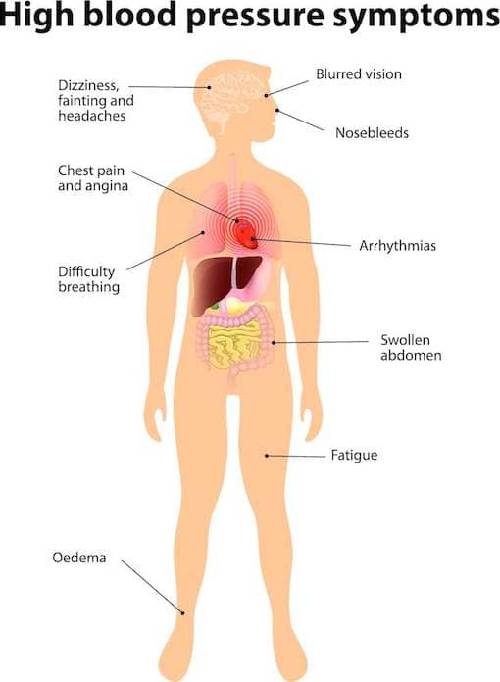
Mild and moderate hypertension may not produce any symptoms for years. The first symptoms may appear in the form of pain toward the back of the head and neck on waking in the morning, which soon disappears. Some of the other usual symptoms of hypertension are dizziness, aches and pains in the arms, shoulder region, leg, back etc. Palpitation, pain in the heart region, frequent urination, nervous tension and fatigue, crossness, emotional upset, tiredness and wakefulness.
A person suffering from high blood pressure cannot do any serious work, feels tired and out of sorts all the time. He may experience difficulty in breathing and suffer from dyspepsia. Hypertension, if not eliminated, may cause heart attacks or strokes and other disability conditions such as detachment of the retina.
Causes
The most important causes of hypertension are stress and a faulty style of living. People who are usually tense suffer from high blood pressure, especially when under stress. If the stress continues for a long period, the pressure may become permanently raised and may not become even after removal of the stress. An irregular lifestyle, smoking and an excessive intake of intoxicants, tea, coffee, cola drinks, refined foods, destroy the natural pace of life. The expulsion of waste and poisonous matter from body is prevented and the arteries and the veins become slack. Hardening of the arteries, obesity, diabetes and severe constipation also lead to hypertension. Other causes of high blood pressure are excessive intake of pain killers, common table salt, food allergies and eating a high fat, low fibre diet, processed foods deficient in essential nutrients.
The kidney plays an important role in controlling blood pressure through secretion of renin, a natural chemical. If increased renin is secreted by the kidneys, more salts are retained in the body, which leads to an increase in the volume of the circulating blood and consequently to an increase in the blood pressure. Repeated infections and inflammation in the kidneys can also give rise to hypertension.
The Cure
The modern medical treatment of high blood pressure is highly unscientific as it brings down the pressure by drugs without making any effort to remove the underlying causes. Drugs may temporarily reduce blood pressure, but they do not cure the condition and are harmful in the ultimate analysis. All drugs against hypertension without exception, are toxic and have distressing side-effects. The safest way to cure hypertension is to remove the real cause. The natural way to dealing with it is to eliminate the poisons from the system which cause it. Persons with high blood pressure should always follow a well balanced routine of proper diet, exercise and rest. Diet is of primary importance. Meat and eggs cause the blood pressure to rise more than any other food. The pressure is lowered and blood clotting diminished by partaking of a higher fruit content, lower protein and non-flesh diet. A natural diet consisting of fresh fruits and vegetables, instead of a traditional diet , is helpful in getting rid of the poisons from the body.
Diet and Hypertension
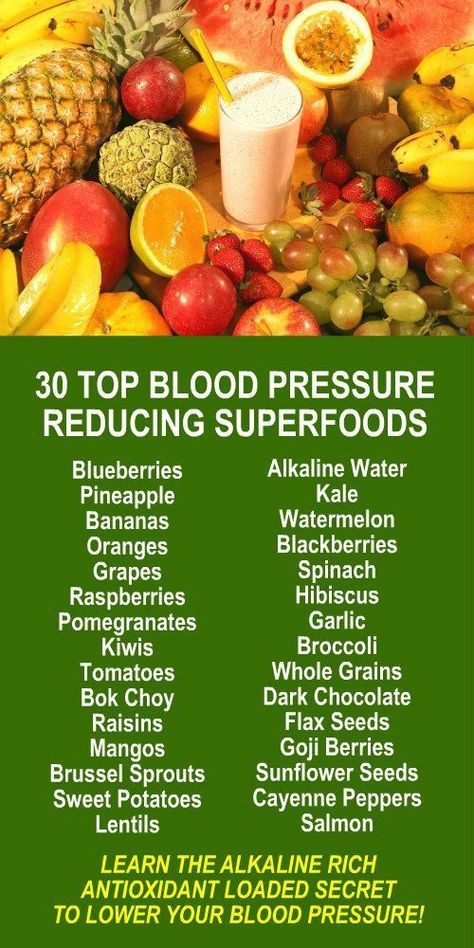
A hypertension patient should start the process of healing by living on an exclusive fruit diet for atleast a week, and take fruits at five hourly intervals thrice in a day. Oranges, apples, pears, mangoes, guava, pineapples, raspberry, water-melon are the best diet in such cases. Banana and jack fruit should not be taken. Milk may be taken after a week of ‘fruits only’ diet. The milk should be fresh and should be boiled only once. The patient can be permitted cereals in his food after two weeks.
Vegetables are also good for a patient of hypertension. They should preferably be taken raw. If they are cooked, it should be ensured that their natural juices are not burnt in the process of cooking. Vegetables like cucumber, carrot, tomatoes, onion, radishes, cabbage and spinach are best taken in their raw form. They may be cut into small pieces and sprinkles with a little salt and the juice of a lemon added to them so as to make them more palatable.
Garlic and Hypertension
Garlic is regarded as one of the most effective remedies to lower blood pressure. The pressure and tension are reduced because it has the power to ease the spasm of the small arteries. Garlic also slows the pulse and modifies the heart rhythm besides relieving the symptoms of dizziness, numbness, shortness of breath and the formation of gas within the digestive tract. The average dosage should be two to three capsules a day to make a dent in the blood pressure.
Indian gooseberry (amla) is another effective food remedy for high blood pressure. A tablespoonful each of fresh amla juice and honey mixed together should be taken every morning in this condition. Lemon is also regarded as a valuable food to control high blood pressure. It is a rich source of Vitamin C which is found both in the juice and peel of the fruit. This vitamin is essential for preventing capillary fragility.
Watermelon is another valuable safeguard against high blood pressure, it was proved in recent experiments that a substance extracted from watermelon seeds has a definite action in dilating the blood vessels, which results in lowering the blood pressure.
Calcium & Potassium and Hypertension
Recent studies have revealed an important link between dietary calcium and potassium and hypertension. Researchers have found that people who take potassium-rich diets have a low incidence of hypertension even if they do not control their salt intake. They have also found that people with hypertension do not seem to get much calcium in the form of dairy products. The two essential nutrients seem to help the body throw off excess sodium and are involved in important functions which control the working of the vascular system. Potassium is found in abundance in fruits and vegetables and calcium in dairy products.
Exercise plays an important role in curing hypertension. Walking is an excellent form of exercise. It helps to relieve tension, builds up the muscles and aids in the circulation of blood. As the blood pressure shows signs of abating, more exercise like swimming, bicycling, jogging should be taken. Yogic asanas such as surya namaskar, makarasana, matsyasana, vajrasana, ardhpadmasana, pavan-muktasana, shavasana and simple pranayama like anuloma-viloma and abdominal breathing are beneficial. All asanas should, however, be discontinued except shavasana if the blood pressure is above 200 millimeters.
Water Treatment
Prolonged neutral bath daily for an hour or so at 90-95 F will be beneficial. Cold compress should be kept on the head during this bath. Other water treatments include hot foot or leg bath for 10 minutes, hot compress over the heart replacing it as bath cools down.
Persons suffering from hypertension must ensure at least eight hours of restful sleepp, because proper rest is an important aspect of the treatment. Most important of all, the patient must avoid over-straining, worries, tension, anger and haste. He must try to be cheerful and develop a contented mind. The natural treatment may take some time, but it is the safest and the best way to get rid of this disease.

